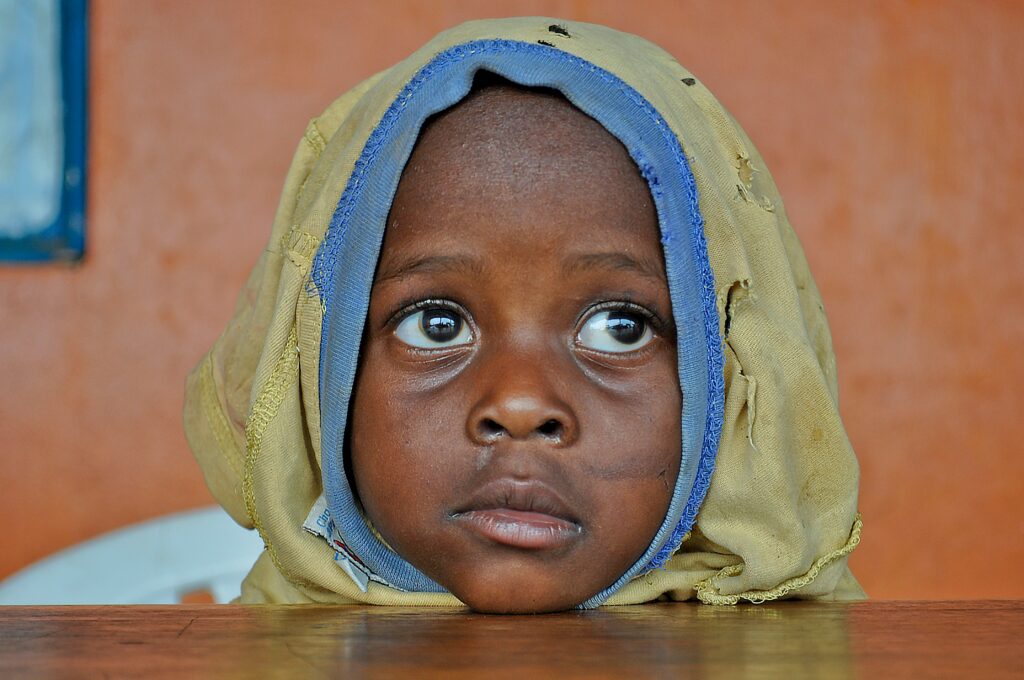 250,000 Preventable Deaths… Every Year
250,000 Preventable Deaths… Every Year
Why are we ignoring climate + health?
250,000 Preventable Deaths Every Year: Why Climate and Health Must Be Funded Together
Climate change is not just an environmental emergency. It is a public health catastrophe—and it’s claiming lives every day.
According to the World Health Organization, climate change will cause an additional 250,000 deaths every year between 2030 and 2050. These deaths will not be evenly distributed. They will occur where health systems are weakest and climate impacts are harshest—through malnutrition, malaria, diarrhea, respiratory failure, and heat stress.
A new report from the European Investment Bank (EIB) underscores this rising toll. The EIB developed a first-of-its-kind tool to quantify how climate hazards like heatwaves, floods, and poor air quality will drive up healthcare demand across Europe. Their projections show a conservative average increase of 0.5% in care demand—translating into over 500 million extra inpatient care days and more than 100 million emergency department visits across Europe by 2050.
But this is not only a European story.
In the United States, extreme weather events and air pollution are already costing the healthcare system over $820 billion annually.
In India, rising temperatures are projected to slash outdoor labor productivity by 15% by 2050, compounding public health and economic stress.
Across Africa, where the climate crisis hits hardest, more than 118 million people in poverty face growing heat-related health risks, with the least access to care or resources to adapt.
And yet, the global health sector receives less than 1% of all climate adaptation finance.
This isn’t just an oversight—it’s a failure of global priorities. The estimated funding gap for health-related climate adaptation ranges from $8 billion to $17 billion, according to the UN Environment Programme. Without closing this gap, healthcare systems everywhere will struggle to meet rising demands, especially in vulnerable communities where climate change is accelerating inequality and suffering.
So what’s the path forward?
We must transform healthcare into a frontline responder for climate resilience. This means:
Direct influence:
- Training healthcare professionals to understand and manage the growing connections between environment and illness.
- Urging healthcare professionals to educate their patients on these topics and all related sustainability and resilience action steps.
Indirect influence and advocacy
- Ensuring climate adaptation funds directly support healthcare access, equity, and preparedness.
- Investing in climate-smart healthcare infrastructure—clinics that can withstand extreme heat, storms, and flooding.
- Expanding public health capacity to anticipate and respond to disease outbreaks driven by changing climate conditions.
At My Green Doctor, we help clinics and health professionals build climate resilience from the ground up. Through our proven practice management program and expert guidance, we show healthcare providers how to reduce emissions, improve environmental practices, and prepare for a hotter, wetter, more volatile world.
And perhaps most importantly, we provide the information to the healthcare community to educate their patients.
Because sustainable healthcare isn’t optional—it’s essential.
If we act now, we can avoid the worst outcomes. We can save millions of lives, especially those most vulnerable. But we must stop treating health as an afterthought in the climate agenda. Climate adaptation without healthcare is not adaptation at all.
It’s time to get bold about climate and health.
Sources
- World Health Organization. Climate Change and Health Fact Sheet (2023). Link ↩
- European Investment Bank. Estimating the Impact of Climate Change on European Healthcare (2025). Link ↩
- NRDC/Medical Society Consortium. The Costs of Inaction on Climate and Health in the U.S. (2022). ↩
- International Labour Organization. Working on a Warmer Planet (2019). Link ↩
- African Development Bank. Climate Change Impacts on Health in Africa (2023). ↩
- Alcayna et al. How much climate adaptation finance targets the health sector? PLOS Global Public Health, 3(6), 2023. DOI ↩
- United Nations Environment Programme. Adaptation Gap Report (2023). Link ↩

